It’s hard to believe it’s only been five years since Atomic Heart‘s first teaser trailer. I remember sitting in awe, thinking to myself that I hadn’t seen an aesthetic quite like this ever before. It’s got one of my favorite broad-stroke styles — that which combines childlike nostalgia with sinister undertones (think more Skinamarink or Boards of Canada and less Five Nights At Freddy’s). From creepy clown robots to the eerie, undulating meadow laced with a mysterious clear liquid, the whole atmosphere just oozed this unsettling verve.
Sitting here, having just watched the trailer and played the game, I’m surprised at how much held strong throughout the last half-decade. It’s easy to say that the tone and aesthetic are largely intact from those early days, and it’s likely the case that those were some of the earliest concepts to solidify. Just about every enemy and design has made its way into the game in spectacular fashion, and as someone who was certain this game didn’t even actually exist, I’ve gotta say I’m pleasantly surprised.
Atomic Heart makes a hell of a first impression. After a leisurely canal ride through a sprawling metropolis during a nationalistic celebration of scientific progress, you, playing as Russian veteran P-3, ascend a grand spire and are given a simple mission: take care of somebody. I won’t spoil the grand reveal of the intro, but it puts Prey (2017)’s to shame.
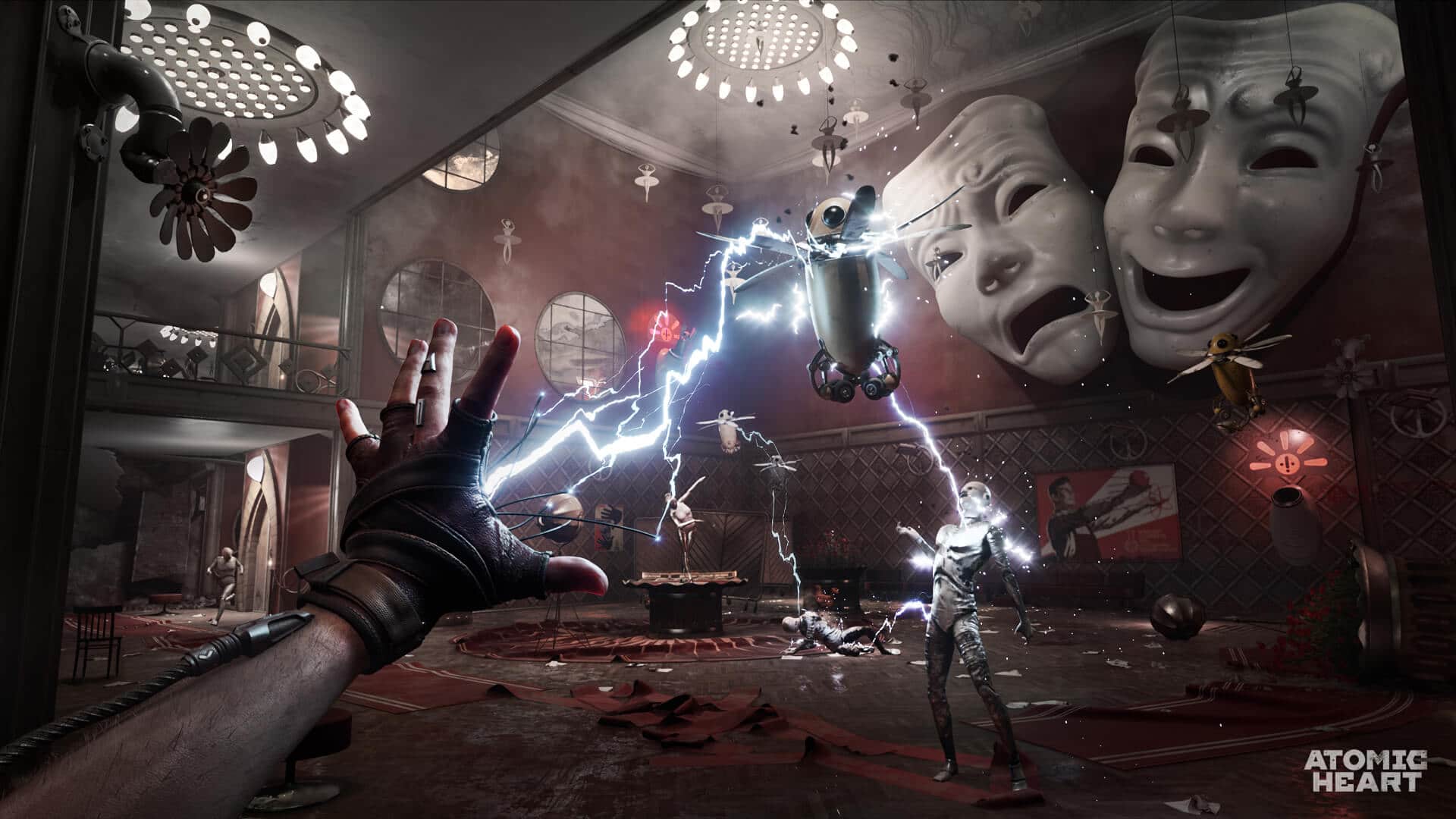
What follows is a rather prolonged “prologue” section which consists of about three hours of linear or near-linear combat, puzzle solving, and narrative exposition before you’re really let loose in the open world. I wasn’t quite sure if this was an “open world” game, but I think it’s a fair descriptor. Once you crack out of the first area you’re free to explore as little or as much of the vast countryside as you’d like, and there is a lot (maybe too much) to see.
Most important are the Polygons — bespoke puzzle and combat dungeons that reward precious blueprints for upgrading your weapons. Merely locating, unlocking, and entering these can be a challenge on its own. In one instance, I explored an entire town overrun with killer plant life only to find the power was disabled. To restore it, I found a hidden sewer entrance underwater where I needed to overload boilers to burn away the vines that were blocking the area’s flying power beacon. It was materially and intrinsically rewarding, and there wasn’t a single waypoint or clue as to how I should’ve accomplished it.
This sort of freedom of exploration isn’t present in the main story, however. There are essentially two games in Atomic Heart — one where you’re doing Far Cry-esque exploration and looting, and another where you’re moving through more traditional single-player “levels.” I guess it reminds me a little of Elden Ring’s “legacy dungeon” approach to open-world design. For the most part, it works. But there are too few ideas stretched too thin to warrant such a lengthy experience. By the end of the game, I thought I’d go insane if I saw another one of the once-endearing door lock puzzles.
That’s not to say there aren’t surprises to be found. Atomic Heart has a few eye-popping set pieces and some incredibly detailed animation. Some of the weirdest, most inspired visuals I can recall are packed into this game. One of my new all-time favorite FPS boss fights is in here (complemented by Mick Gordon’s fantastic soundtrack). There were some serious “wow” moments, even if they were just a little too far apart sometimes.
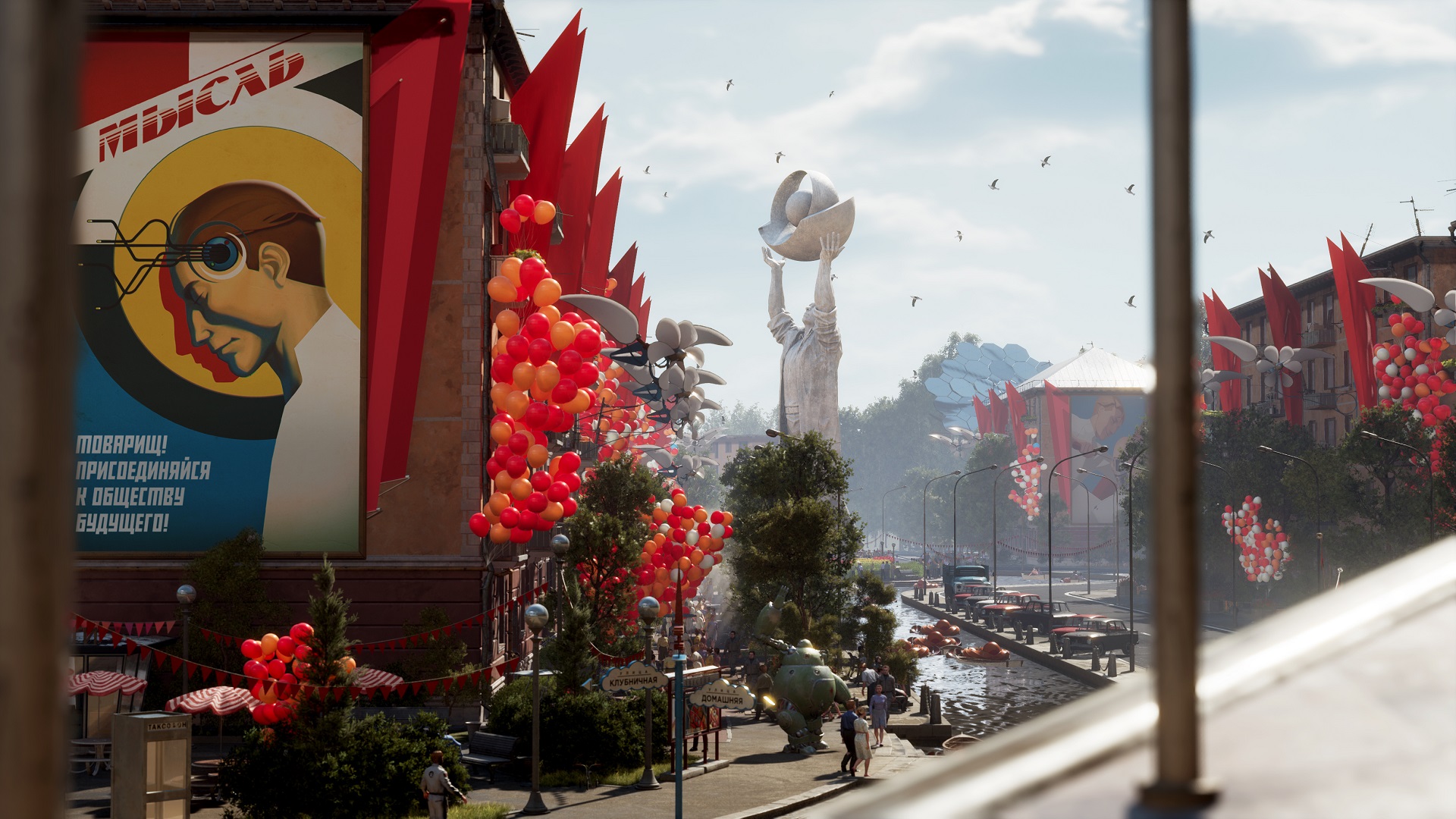
The writing, unexpectedly, is a standout. But first, heed my words: PLAY IN RUSSIAN. Do not subject yourself to the English voice actor’s limp, Marvel-esque (i.e. almost improvisational) delivery, especially compared to his gruff, piss-and-vinegar Slavic counterpart. Every line hurled at the player is so droll, so borderline self-aware, that hearing P-3’s weary or agitated responses is endlessly amusing. I especially loved the dynamic between your dumb-as-hell-and-knows-it character and his witty, respectful AI assistant, Charles. I struggled sometimes to keep up with the subtitles when the action was hot, but it beats missing out on the absolutely spot-on delivery of P-3.
“Soviet Bioshock” is both a trite and unfortunately descriptive of Atomic Heart as a piece of art. The game makes no bones about its inspirations — there’s a 0451 reference within the first 45 seconds of booting up a new save. This is designed to invoke the spirit of the immersive sim, or those games stuck in such an esoteric genre that even defining it takes some serious thought. But would I call Atomic Heart itself an immersive sim? Eh… not really.
Make no mistake, there are powerups and gun upgrades and yadda yadda, but the level to which you, the player, interact with the environment to make things happen is rather limited. You can spray polymer gel (that clear liquid I mentioned earlier) to transfer elemental effects from the ground to an enemy, or even hack into cameras to open specific doors, but these are exceptions rather than rules. More often than not, you’re using offensively-minded abilities to overcome swathes of foes through combat, and that’s far and away more fun than the average “immersive sim.” I’d call this closer to Bioshock Infinite in terms of interactivity, but with far better and more rewarding exploration and puzzles.
There are also some seriously welcome innovations in genre tropes. For one, there’s no mana, simply cooldowns on your abilities. There’s an energy system, which is used for certain guns that use electricity (useful for taking down robots, the primary faction of enemies). This energy is recharged by using melee weapons, which are powerful, especially when combined with things like shock and freezing powers. Then there’s the standard arsenal, which can be further customized with attachments and “canisters” – elemental vials that are attached and consumed by your weapons. The best part? Any weapon, upgrade, or power-up can be dismantled for a full refund. This is encouraged, and essential for taking down more difficult bosses with only one weakness.
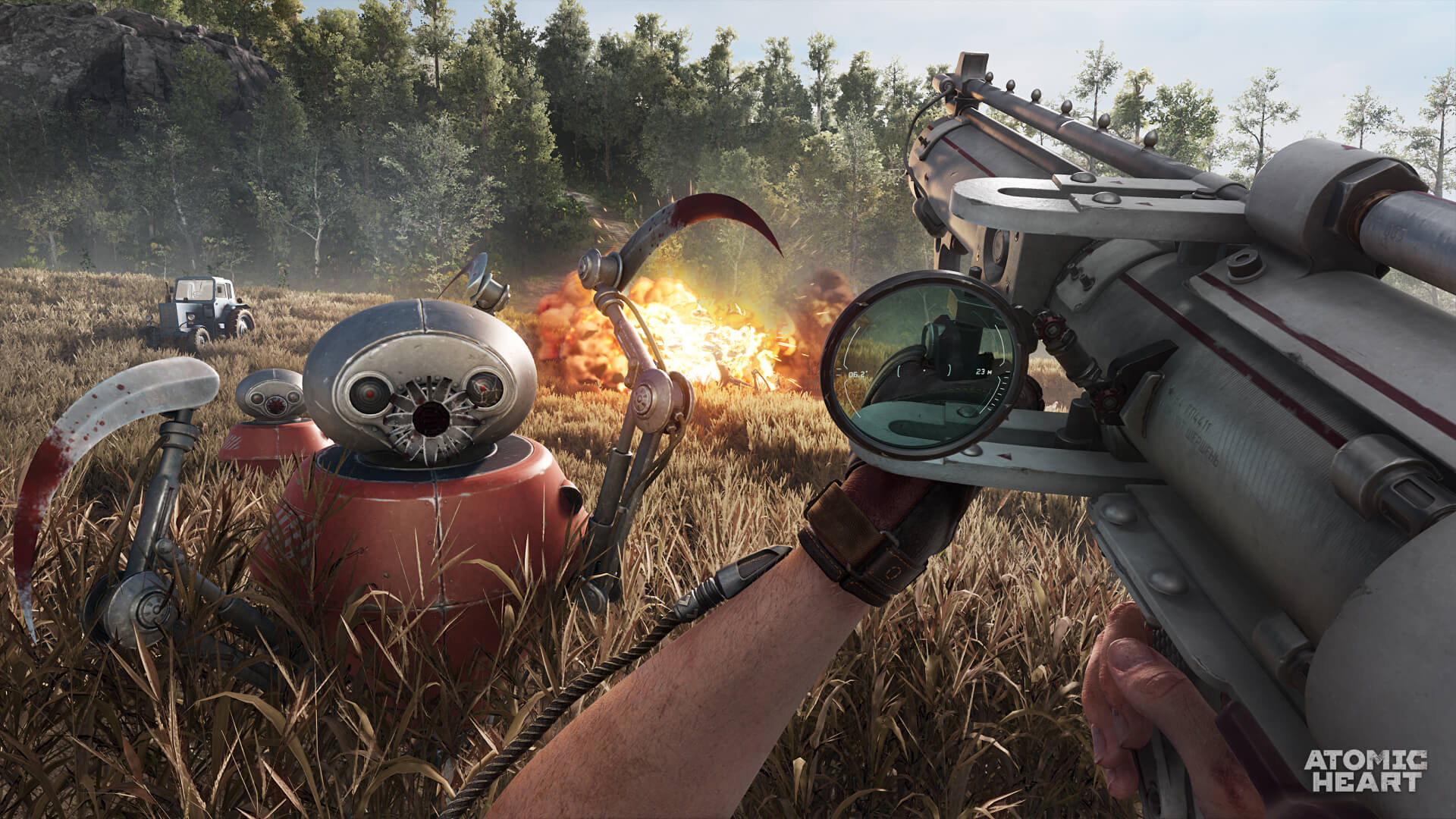
As I mentioned before, combat is quite fun. Enemy variety is good… but not great. There are dozens of equally effective ways to lay waste to them, from electrocution to shatter damage to telekinetically-enabled belly flops. Guns are powerful, but I wish their feedback was as good as their melee counterparts, which causes enemies to heave in response as you carve gashes into their flesh (or metal).
Before I wrap, let’s talk performance and optimization. I’m sure lots of people are going to be wondering, so I’ll just share my thoughts quickly. At 1440p, Atomic Heart consistently ran above 100 fps on high settings on an RTX 3070, with DLSS set to performance. Overall, there are very few bugs, but the level of polish is only slightly better than the expectations set by “Eurojank.” It was never enough to take me out of things completely, but there are several eyesore areas, like the interior of overworld houses, which are bathed in light and lack any noticeable shadows whatsoever.
All in all, Atomic Heart for one, actually exists, but more importantly, is pretty darn good. I love a good pick-em-up game, and this one is in the running for one of the most satisfying. You slorp goodies out of containers and enemies with your power glove — Luigi’s Mansion style — and it feels good every time. The art direction is truly one of a kind, and the combat and mission design are pretty top-notch. I do wish there was a bit more to break up some of the monotony that sets in later on, but if you like what you’ve seen pre-launch, it’s a pretty safe bet (especially since it’s on Game Pass).
This review is based on the PC version of Atomic Heart. A code was provided for review by Focus Entertainment.


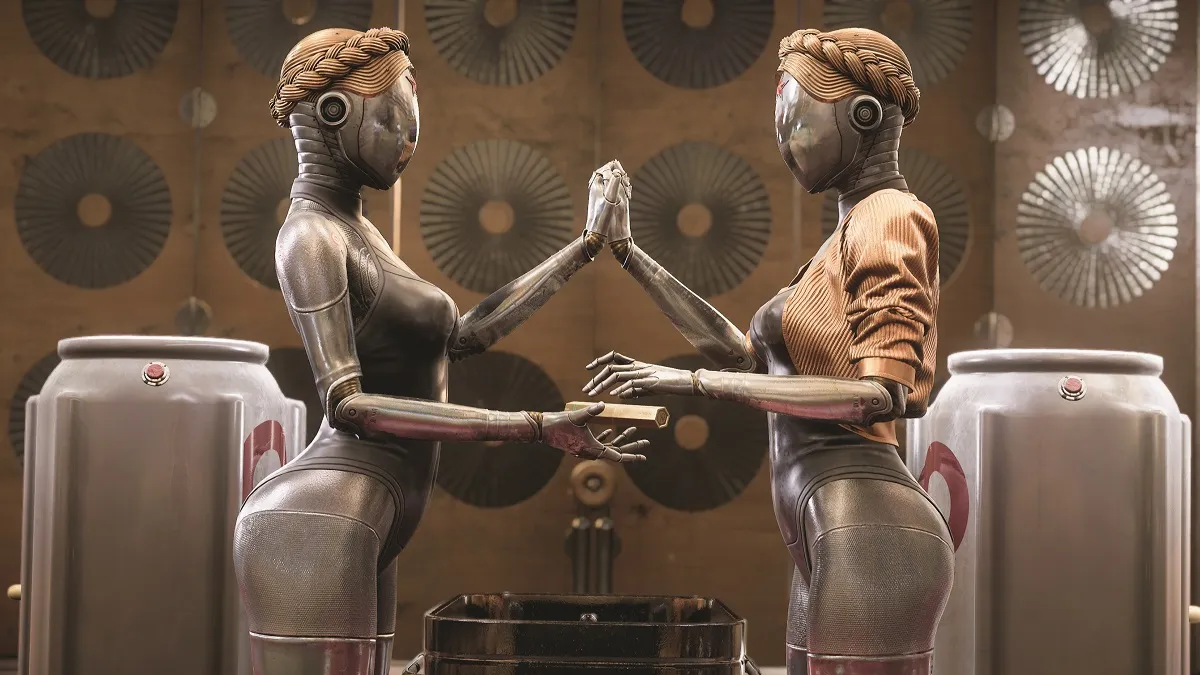
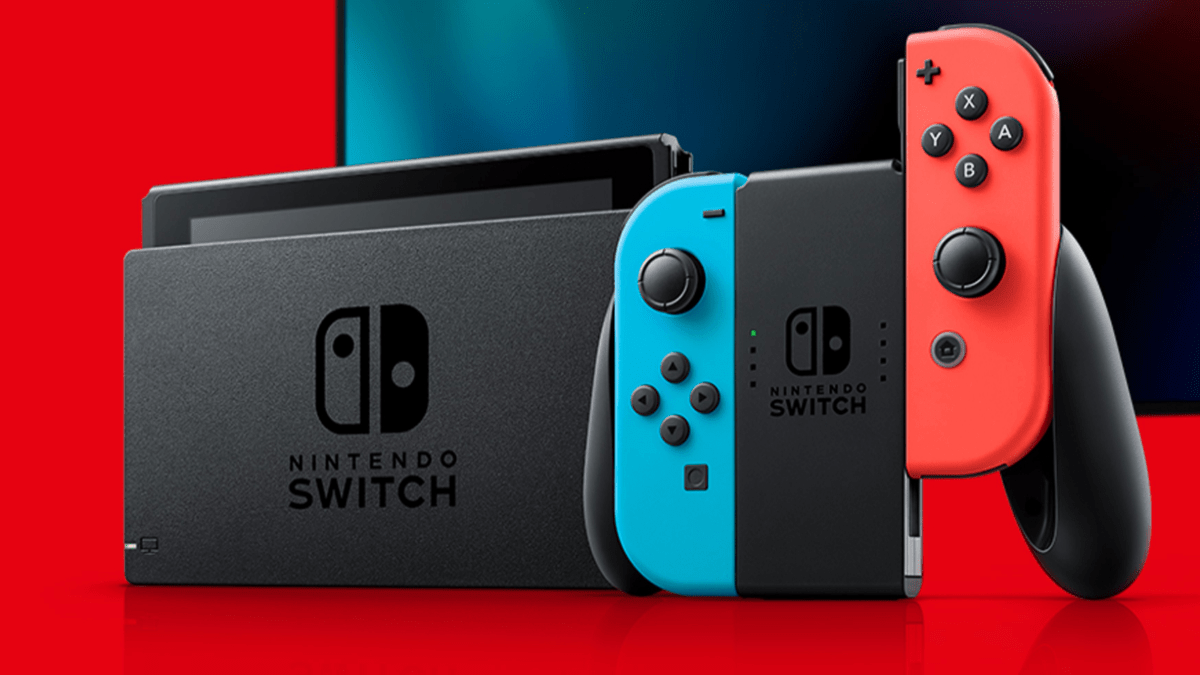
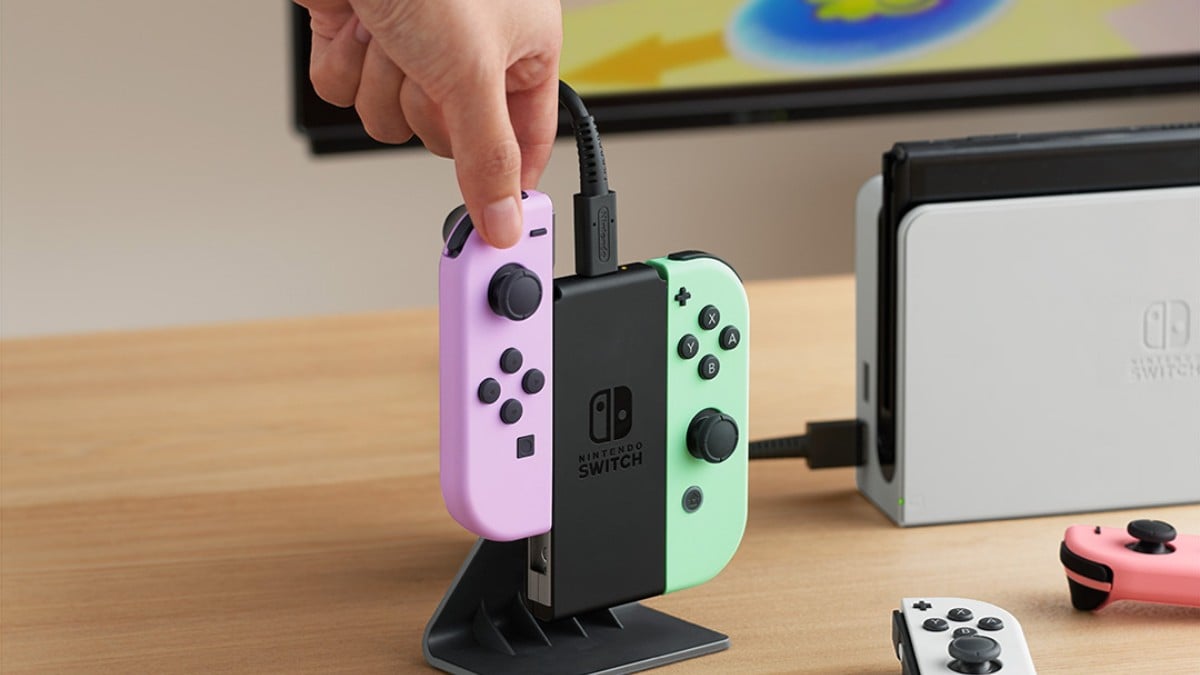
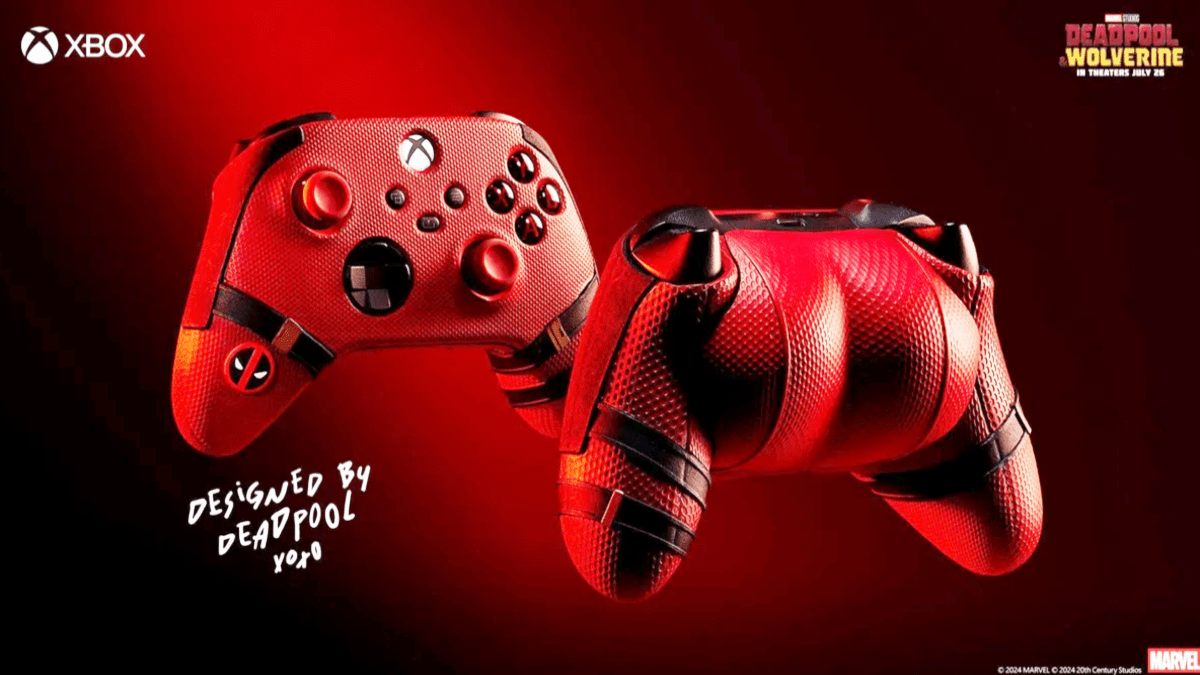

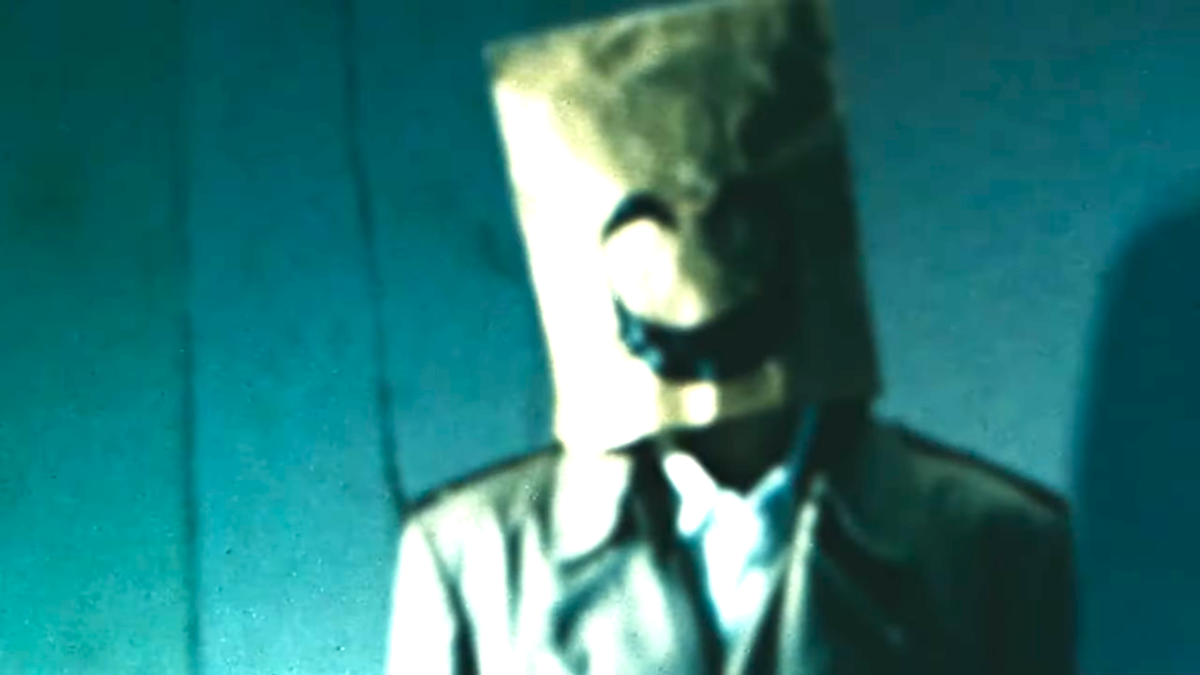
Published: Feb 20, 2023 08:00 am